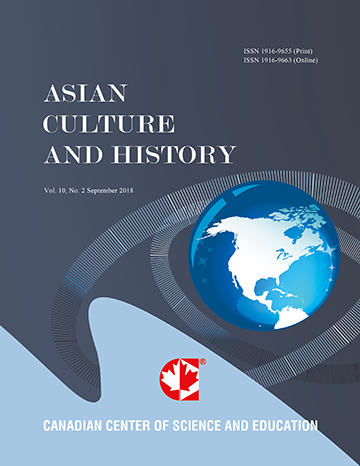Music of the Hmong in the Northern Region of the Lao People's Democratic Republic
- Boonloy Juntong
- Chareonchai Chonpairot
- Narongchai Pidokrajt
Abstract
The purposes of this qualitative research were to investigate musical instruments, musical bands and lyrics of music among Hmong hill tribes in the northern region of the Lao People's Democratic Republic, to investigate the role of Hmong music in the northern region of the Lao People's Democratic Republic and to investigate musical preservation in the northern region of the Lao People's Democratic Republic. Results show that Hmong music in the Lao People's Democratic Republic has its own specific identity that has been handed down from generation to generation. The musical instruments contain their own identity and are produced from natural products. The instruments are believed harbor supernatural power. The musical instruments are divided into two categories: percussion and windpipes. Keng is the most important musical instrument for ritual ceremonies. Usually, Hmong musical bands are employed for ritual activities rather than recreation. Musical tunes are always played in continuous patterns for one round and repeated depending on the emotion of the musicians. The tone of musical tunes is comprised of short and long sounds. Musicians have their own freedom in creating different sounds in various musical tunes and their playing has no exact form. It depends on musicians to insert sounds or teach various playing techniques. As Hmong hill tribe people believe in spirits, their music plays an active role as a means to communicate with gods and the spirits of dead people. They believed that spirits are from the natural environment. So, Hmong hill tribe people believe that their music is a means to communicate with deceased people. This belief has made Hmong people adore their musical instruments and the musical instruments have never been changed. Musical instrument makers are native Hmong. Hmong music is still alive and active in various ritual activities as a means of preserving beliefs, culture and rites.
- Full Text:
 PDF
PDF
- DOI:10.5539/ach.v6n2p222
Journal Metrics
Google-based Impact Factor (2017): 5.42
h-index (January 2018): 11
i10-index (January 2018): 21
h5-index (January 2018): 6
h5-median (January 2018): 9
Index
- Academic Journals Database
- CNKI Scholar
- COPAC
- EconPapers
- Elektronische Zeitschriftenbibliothek (EZB)
- Excellence in Research for Australia (ERA)
- Genamics JournalSeek
- Google Scholar
- Infotrieve
- LOCKSS
- MIAR
- NewJour
- Open J-Gate
- PKP Open Archives Harvester
- Publons
- RePEc
- Scilit
- SHERPA/RoMEO
- Standard Periodical Directory
- Technische Informationsbibliothek (TIB)
- The Keepers Registry
- Universe Digital Library
- WorldCat
Contact
- Ivan YongEditorial Assistant
- ach@ccsenet.org
